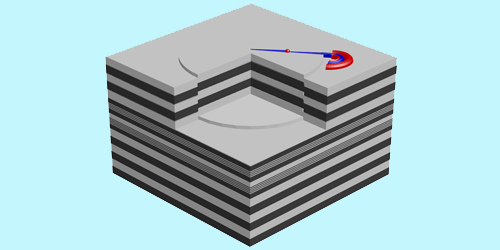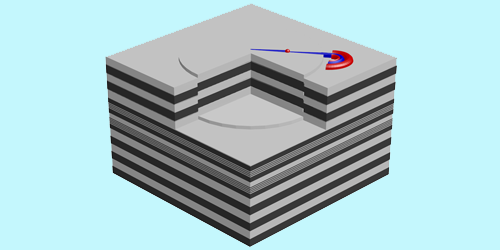A Polariton Beam Amplifier
Polaritons are hybrid particles resulting from the coupling of photons to excitations of a material like phonons or excitons (electron-hole pairs). They could be used to carry signals in high-speed logic devices, but polaritons decay rapidly as they travel, making their amplification a key requirement for applications. However, demonstrated amplifiers often perturb or distort the polariton beam. Now, Marc Aßmann at the Technical University of Dortmund, Germany, and co-workers have realized a polariton amplifier that avoids this problem by trapping the polariton beam as it gets amplified.
Polaritons are typically created by hitting a solid with ultrashort laser pulses, they then propagate laterally away from the excitation region. Propagating polaritons can be amplified by a second laser, which creates excitons that, under certain conditions, provide a gain medium for polaritons. However, in previous schemes, the excitons also repelled the polariton beam, causing it to scatter or split into multiple unwanted beams.
Aßmann’s group engineered a planar waveguide made of quantum-well layers in which polaritons can be efficiently generated. By illuminating the device with two concentric semicircular laser spots, the researchers were able to generate a U-shaped “chicane” of polaritons, which flowed between the laser spots. At the output of the chicane the polaritons were channeled into a thicker section of the waveguide that acted as a polariton trap and amplifier. Thanks to the trapping effect, the beam was amplified sevenfold without being scattered.
This research is published in Physical Review B.
–Matteo Rini
Matteo Rini is the Deputy Editor of Physics.





